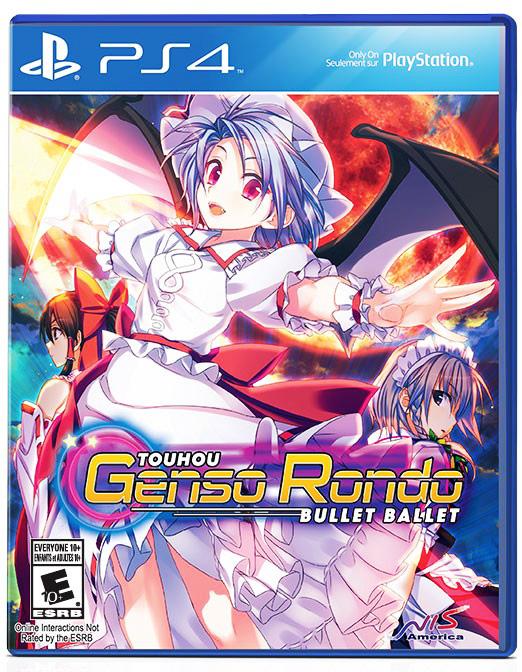Gamers are familiar with the likes of “Gradius” and “R-Type,” the classic side-scrolling space shooters that they are, but what if instead of fighting hordes of baddies, the player was to fight another player?
 What has traditionally been a genre of strictly single player stories is now challenged by a small development team taking a franchise heretofore unreleased in the United States and creating their own spinoff incorporating competitive gaming.
What has traditionally been a genre of strictly single player stories is now challenged by a small development team taking a franchise heretofore unreleased in the United States and creating their own spinoff incorporating competitive gaming.
“Touhou Genso Rondo: Bullet Ballet,” developed by CUBETYPE, published in America by Nippon Ichi Software of America and based on the works by Team Shanghai Alice, hit shelves on Sept. 6 with a soft thud.
Receiving virtually no marketing, this is the first time a Touhou game has left Japan officially, so publishing this fan-made game was a bold move, considering it even got a physical disc release instead of going just with the digital marketplace.
Playing “Genso Rondo” is a unique experience and there is nothing like it, for better or worse. Two players, or one player and one Artificial Intelligence (AI) player, face each other, launching clusters of magic bullets at one another until one side’s health bar runs dry.
Attacking involves cycling through normal attacks, sub-weapons, specials, and spell cards, because each one has limited ammunition and needs time to recharge. Incoming bullets, like swarms of bees, can be evaded by weaving through the spaces left between, since damage only occurs if a bullet touches the center of a character.
Each of the 12 playable characters is markedly different. Where one traps with lasers, another rushes in close and another obfuscates the battlefield.
While built for player versus player gameplay, there is a modest campaign wherein the player character fights the other 11, controlled by AI, on personal quests and through contrived grievances.
Don’t go into this expecting a Shakespearean soliloquy. Each of the stories contain diluted essence of the characterization built up by the base Touhou franchise. With a light and whimsical tone, the plot is largely inconsequential, day-in-the-life type stories of these powerful beings of Gensokyo, the setting in which the series takes place.
While the writing is simple, “Genso Rondo” does do a fine job of expressing why the 12 characters chosen for the cast are among the most popular.
What made Touhou so popular in Japan and what is well recreated here is the music. Each song is a cover from the source material and takes what came from several games with different styles and creates a cohesive soundtrack that is a joy to listen to.
Alongside that beautiful aspect of aesthetics is the disappointing artwork. Character models are small and poorly detailed with a low polygon count and little to no texturing. While the designs are faithful to the source material, Touhou games were known for amateur art and bringing a better design would have been welcome.
What’s worse than the models, however, is the background. Both boring to look at and yet busy enough to muddle the battlefield, the backgrounds could scarcely be worse.
Problems don’t end with graphical muddiness. Movement is stiff and using the dash can feel unresponsive and uncontrollable. Furthermore, once the player has finished the campaign, there is little more to do outside of multiplayer, so users who are not competitive may find little to do.
While “Touhou Genso Rondo: Bullet Ballet” can be sold on its unique gameplay and excellent music, its shallow content and dodgy controls make it a disappointment.
Not awful by any means and certainly worth a look, prospective buyers should know that this game is not a grand feast, but an exotic treat—fascinating, but unfulfilling.






















